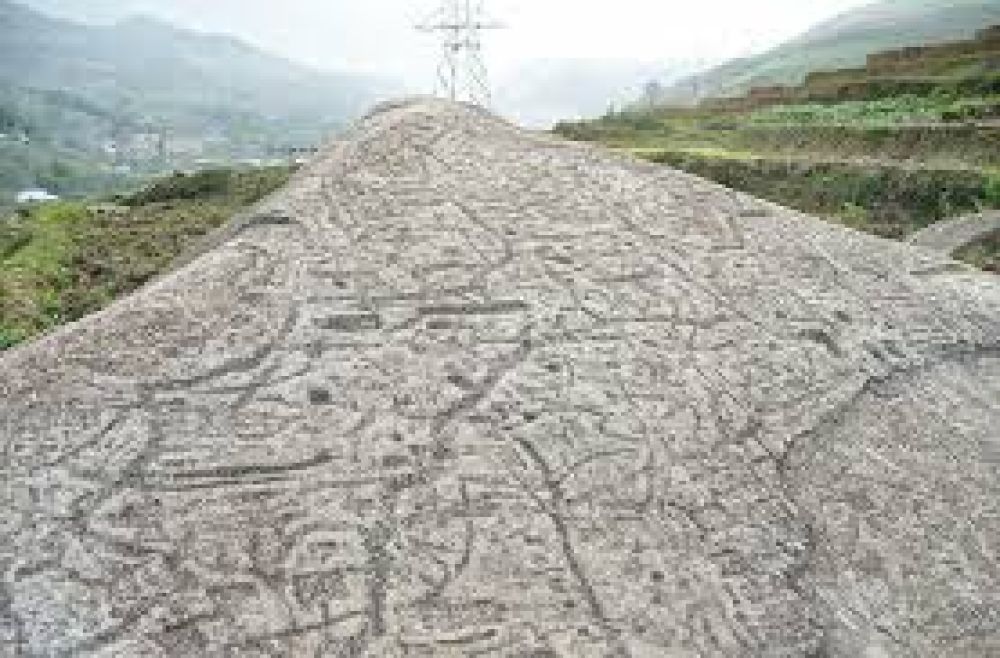

The Sapa Ancient Rock Field is an area of archaeological and cultural significance located in the Sapa District within the Lao Cai Province of Vietnam. Scattered over a large area, these ancient rocks are adorned with various carvings, some of which are thought to date back thousands of years. The site represents an important part of the historical puzzle relating to the ethnic cultures that have long inhabited this region.
While Sapa, a picturesque town known for its terraced fields and rich cultural diversity, has been attracting tourists since the French colonial era, the tourism appeal of the Ancient Rock Field gained momentum much later. It wasn't until the late 20th and early 21st centuries that the archaeological value of the site started to be recognized and appreciated by a wider audience.
In the late 1990s and early 2000s, tourism in Sapa began to grow significantly, and with it, interest in the Sapa Ancient Rock Field also increased. Travellers from around the world started to explore this enigmatic site, leading to more scholarly attention and the need for preservation efforts.
Recognizing the cultural and historical importance of the Ancient Rock Field, local authorities and tourism operators started to incorporate this destination into broader cultural and trekking tours, aiming to educate visitors about the region's ancient past and to provide an insight into the lives of Sapa's ethnic communities.
The increased interest in Sapa's Ancient Rock Field has brought about a mixture of benefits and challenges. On one hand, the ensuing tourism boom has fueled local economies, creating jobs and providing incentives to maintain cultural traditions. On the other hand, tourism has put pressure on the ancient site, necessitating sustainable practices to preserve it for future generations.
Efforts to develop the area in a responsible manner have included infrastructure improvements, interpretive signage, and guidelines for visitors. Moreover, increased collaboration between tourism authorities, local communities, and archaeologists ensures that the site is both promoted and protected.
In recent years, there has been a significant shift towards eco-friendly and community-based tourism in Sapa, affecting how visitors engage with places such as the Ancient Rock Field. Travelers are increasingly seeking authentic experiences that minimize impact on the environment and maximize benefits to local inhabitants.
Another trend is the rise of digital engagement, with virtual tours and online educational platforms allowing those unable to travel to Sapa to learn about its cultural heritage, including the Ancient Rock Field.
Furthermore, there is an emerging focus on off-the-beaten-path experiences, which plays to the advantage of the Sapa Ancient Rock Field. Small group tours and private guides offer more personalized visits to this historical site, providing in-depth insights into the meaning behind the ancient rock carvings.